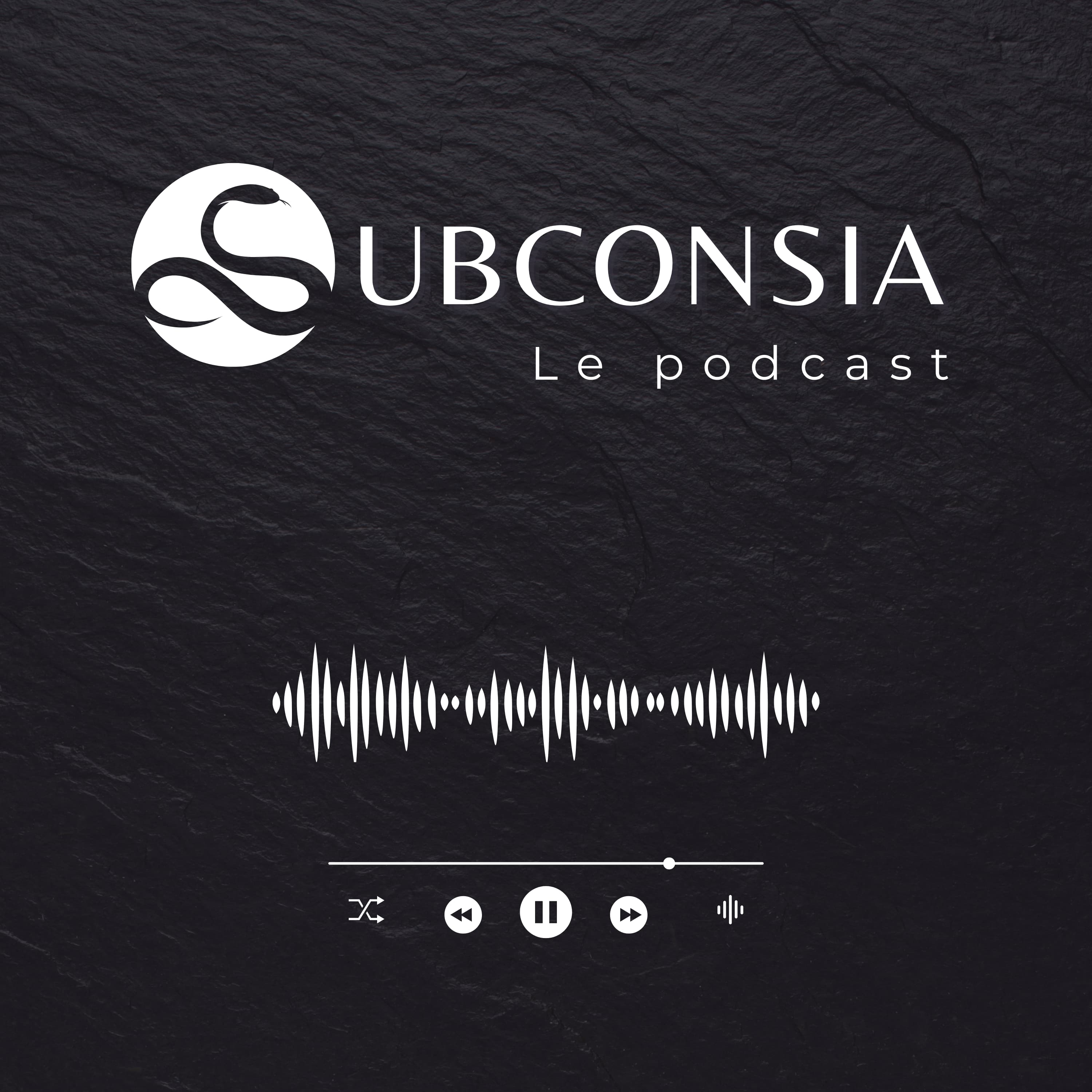Published on May 18, 2025
We all carry deep-seated convictions within us that, without our awareness, guide our choices and limit our potential. These limiting beliefs, rooted in the depths of our subconscious, act as invisible barriers preventing us from moving forward. But where do they truly come from, and more importantly, how can we free ourselves from them?
Childhood: Where It All Began
Neuroscience research has shown that our brain is particularly malleable during childhood. It's during this period that most of our fundamental thought patterns form. For example, a study published in Nature Human Behaviour revealed that the practice of active recall can lead to rapid neural reorganization, promoting long-term memory consolidation, but also the formation of false memories. This brain plasticity is particularly pronounced during childhood, when the brain is more receptive to environmental influences.(1)
These beliefs often take root through seemingly harmless remarks from those around us: "You're not good at math," "In this family, we've never been good at business," or "Money doesn't grow on trees." When repeated, these phrases can reinforce specific neural patterns, making these beliefs deeply ingrained in our minds. Neural plasticity, or neuroplasticity, describes the brain's ability to modify itself in response to experience, by strengthening or weakening synaptic connections.
Our Limiting Beliefs Grow With Us
Once established, beliefs profoundly shape our perception of the world. This phenomenon is explained by what psychologists call confirmation bias: our brain, to gain speed and efficiency, tends to filter information selectively, retaining only what confirms our pre-existing beliefs. For example, if you're convinced you're "not cut out for public speaking," you'll naturally pay more attention to your hesitations, blank moments, or signs of discomfort while ignoring or minimizing your moments of clarity, fluency, or positive feedback.
This mechanism is even more powerful as it's reinforced by our own biochemistry. Dopamine, the neurotransmitter associated with pleasure and reward, encourages the repetition of familiar patterns, even when they're limiting or negative, because they provide a sense of control. Conversely, any departure from these patterns causes a rise in cortisol, the stress hormone, generating a physiological response similar to fear. This chemical cocktail naturally discourages any attempt to change or question one's beliefs.
Yet, as Cheek's study (2021) points out, beliefs are not equivalent to knowledge: they're subjective, rooted in personal experiences, emotions, or culture. Knowledge, on the other hand, is based on verifiable facts, objective justification, and critical analysis. While belief is natural and human, knowledge requires an active effort of self-transcendence and confrontation with uncertainty.(2)
It's therefore essential to recognize the influence of cognitive biases (like confirmation bias, framing effect, or backlash effect) in our relationship with reality. Deconstructing a limiting belief doesn't happen through willpower alone, but through a gradual process of broadening our field of observation, exposure to counterexamples, and above all, developing a critical mind open to evolution.
The Science of Change: Reprogramming Your Mind
Fortunately, our brain has a remarkable capacity: neuroplasticity. This ability to constantly reconfigure itself means that no belief is permanent. Several scientific approaches have proven effective in transforming these limiting mental programs.
Cognitive therapy, developed by Aaron Beck in the 1960s, offers a rigorous method to identify and deconstruct these beliefs.(3) By analyzing the link between our automatic thoughts, emotions, and behaviors, it allows us to question deeply rooted convictions. Studies have shown that cognitive therapy is effective in treating various psychiatric disorders, particularly depression and anxiety.(4)
Neuro-Linguistic Programming (NLP) offers concrete tools to "reprogram" these patterns quickly. For example, Richard Bandler's "swish" technique uses visualization to replace a negative mental image with a positive representation. This technique is said to be useful for reducing repetitive thoughts, modifying unwanted behaviors, and improving self-esteem.(5)
As for positive affirmations, their effectiveness largely depends on how they're formulated. Research has shown that to be effective, these affirmations must be phrased in the present tense, associated with strong emotion, and repeated long enough to create new neural connections.(6)
A Gradual Reeducation Process
Changing deep-seated beliefs doesn't happen overnight. It's a true mental reeducation that requires patience and perseverance. As Dr. Joe Dispenza points out in his work, we must learn to "unlearn" before we can integrate new ways of thinking.
Among the scientifically validated approaches to transform limiting beliefs from childhood, EMDR (Eye Movement Desensitization and Reprocessing) occupies an increasingly recognized place. Developed by psychologist Francine Shapiro in the 1980s, this method relies on bilateral eye movements allowing the brain to reprocess traumatic or painful memories, often at the origin of emotional and cognitive blocks.
Clinical studies have demonstrated its effectiveness in treating post-traumatic stress, but also in the cognitive restructuring of deeply held beliefs. EMDR thus enables deactivating the emotional intensity linked to certain memories and reprogramming how the brain interprets them.(7)
This type of work powerfully illustrates our brain's ability to free itself from obsolete internal scripts, often formed in childhood, to pave the way for thought patterns more adapted to our current reality.
Final Thoughts
Start by identifying one specific limiting belief. Then look for tangible evidence that contradicts it, even if minimal. Gradually, your brain will begin to integrate this new information and modify its patterns. With time and practice, what seemed impossible will become natural, and these old limitations will be but a distant memory.
Support independent research
Every contribution helps maintain this project ad-free. (Direct alternative if having trouble with the coffee button)
By Dounia Boukrim


